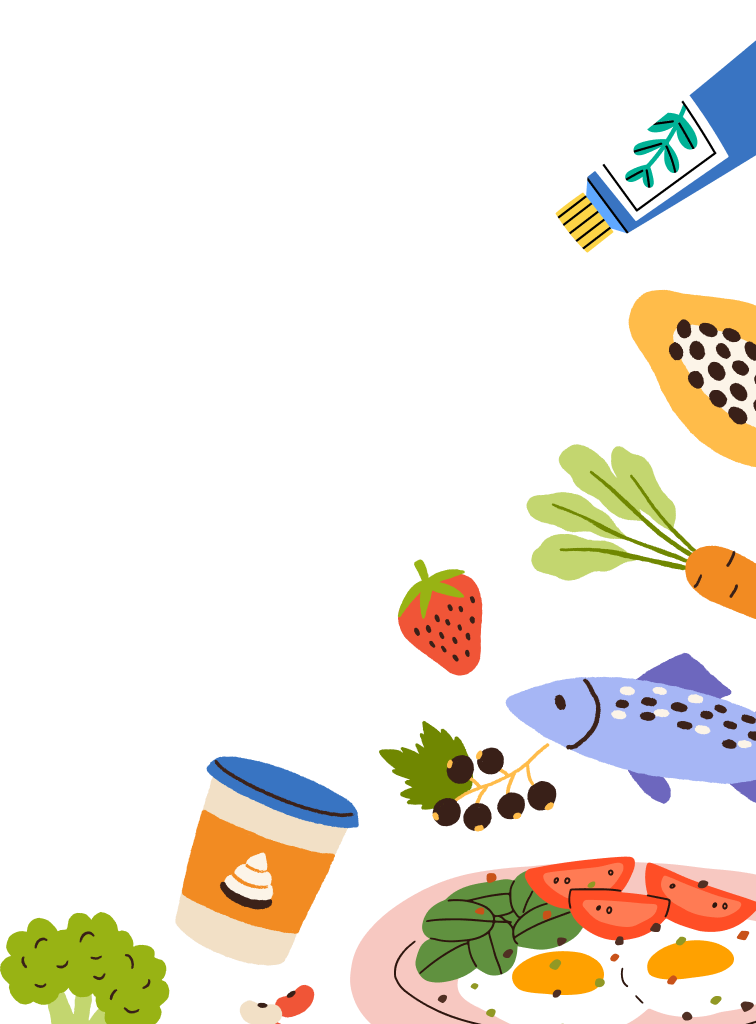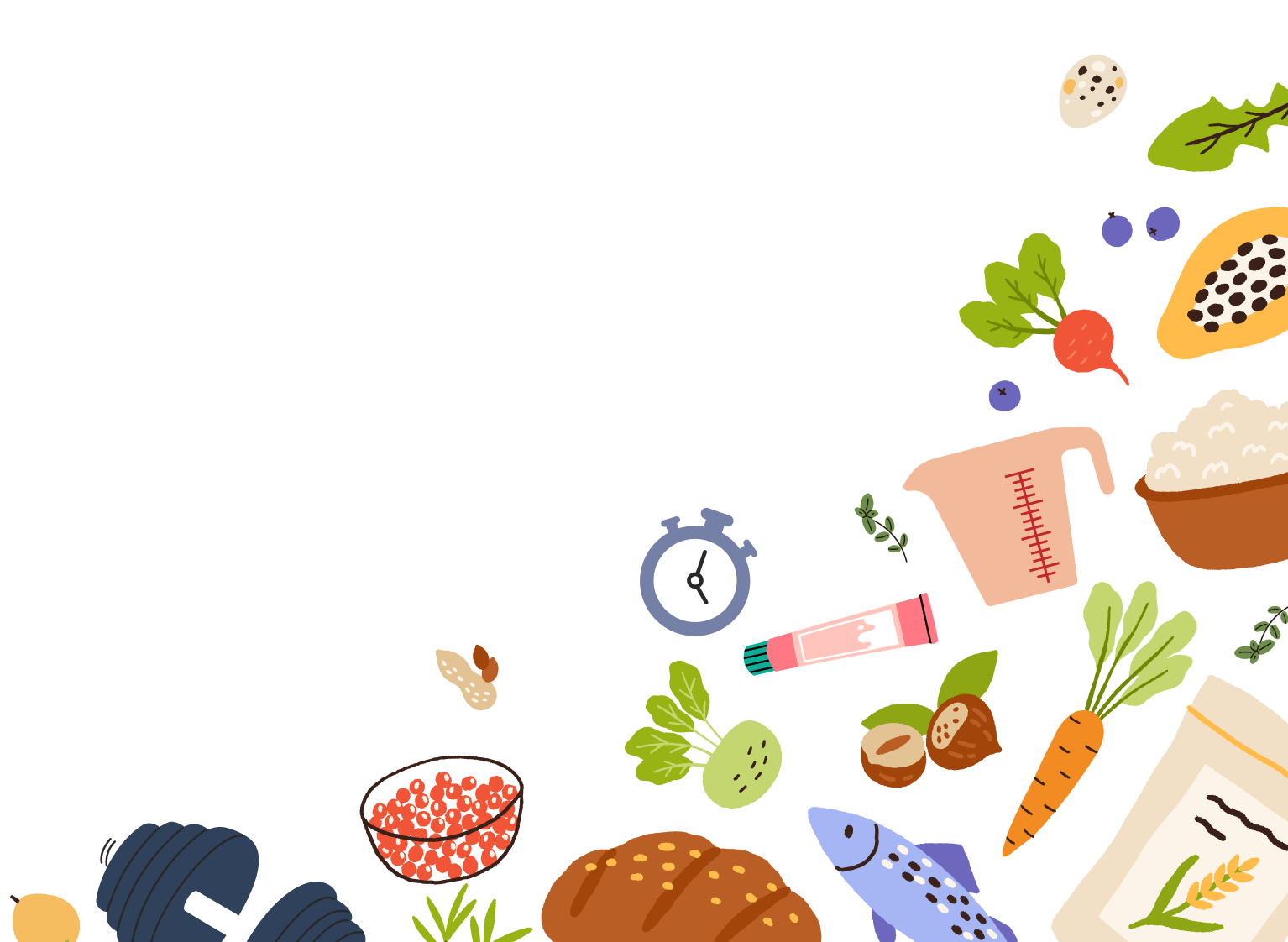Reflux on The Road: Conquering Dietary Challenges for Truckers
Long hours and limited food options can make heartburn worse. Learn which foods to prioritize (and which to avoid) and how to manage reflux on the road so you don’t feel the burn every time you eat on the road.
Eating on the road can lead to digestive problems for anyone. And when you drive long distances for a living, the issues can add up as fast as the miles do. A 2023 survey of truck drivers found that 19% reported digestive problems, including gastroesophageal reflux.
Do I Have Reflux?
If you’re just beginning to experience digestive issues or you just aren’t sure if what you’re feeling is reflux, it helps to know what reflux is. Acid reflux occurs when stomach acid flows back into the esophagus, causing irritation. One contributing mechanism for the backflow of acid is the relaxation of the lower esophageal sphincter (LES), a muscle that normally prevents acidic stomach contents from refluxing back up.
A typical symptom of reflux is a burning sensation in the chest, hence the nickname “heartburn.” Occasional heartburn is generally not considered a serious condition and can usually be treated with over-the-counter antacids. However, it’s important to recognize that reflux symptoms can vary among individuals. For example, you might experience frequent belching, feel burning or tightness in your throat—not your chest—and even regurgitation (when food or liquid comes back up into your mouth after eating). If you have what you believe is reflux and suffer from it at least twice a week for several weeks, you may have gastroesophageal reflux disease, or GERD. It makes good sense to see your doctor for a diagnosis and appropriate treatments.
How the Long Haul Lifestyle Can Fuel Reflux
There are several reasons why reflux is common among truckers. Some of these include:
Erratic eating: Between lots of miles and limited options for well-rounded meals, truckers (or anyone who spends a lot of their life on the road) can find their eating patterns turned upside down. Irregular eating patterns set you up for reflux, primarily because:
-
You get overly hungry between meals and then eat bigger-than-usual meals to compensate.
-
You’re eating quickly and not chewing your food thoroughly.
-
You end up eating snack-type foods throughout the day instead of eating balanced meals.
All that sitting: Taking a reclined sitting position post-meal is part of the recipe for reflux. Unfortunately, sitting is part of the job.
A caffeine habit: Staying awake is crucial, so caffeine can feel essential. But a steady supply of energy drinks, iced teas, sodas, and coffee not only keeps eyes open, it might be a reflux trigger for you. There’s also a chance that caffeine has an additive effect that, combined with other lifestyle habits, directs your digestive system toward heartburn.
A smoking habit: If you smoke to help pass the time on the road, you should know that there’s a strong link between smoking and heartburn. Smoking also increases lung diseases such as asthma and chronic obstructive pulmonary disease (COPD), which are known reflux triggers.
Common Trigger Foods Encountered on the Road
As a road warrior, you’re likely very familiar with the restaurant options along your usual routes. Between fast food, truck stop fare, and quick-mart offerings, it can be a challenge to put together a healthy meal—let alone one that won’t also start a digestive fire afterward. One of the most important first steps is to figure out your trigger foods and drinks. Avoiding your reflux triggers goes a long way toward keeping reflux out of your rig. Common triggers include:
-
High-fat foods, fried foods
-
Citrus fruit and juices
-
Tomato–based soups, sauces, and tomato juice
-
Caffeinated coffee, energy drinks, and caffeinated tea
-
Carbonated beverages, alcoholic beverages
-
Mint
-
Peppers, chiles, onions, “hot” spices
But what about meals, entrees, and snacks, you ask? When you’re eating on the road, you’re often eating food that someone else has prepared. Here is a short list of the types of entrees and snacks you might want to avoid—and which to select instead.
Steer clear of:
Cheesy comfort foods (cheese sticks, pizza, queso and chips, grilled cheese)
Spicy-hot entrees, and don’t add hot sauce to foods
Tomato-based entrees like chili, tomato soup, spaghetti, and marinara/red sauce
Fried foods (chicken, seafood, French fries, hash brown patties)
Doughnuts and pastries
Milk shakes
Creamy soups (potato, New England clam chowder, broccoli and cheese soup)
Entrees with cream-based or cheese-based sauces like Alfredo sauce
Cheeseburgers, hamburgers, fried chicken, and fried fish sandwiches
Head toward:
Deli sandwiches on whole grain bread made with turkey, lean roast beef or ham (skip the mayo and cheese)
Brothy soups (minestrone, chicken noodle, vegetable)
Vegetarian options such as rice and beans, pasta with vegetables, veggie pizza (light on the cheese)
Entrees featuring lower-fat baked/grilled proteins like grilled chicken or grilled fish tacos
Salads with low-fat dressing
Snack packs with raw veggies, hummus, boiled eggs, and whole-grain crackers
Yogurt-based smoothies, frozen yogurt, gelato
Breakfast sandwich with Canadian bacon, skip the cheese
Oatmeal, whole-grain toast, yogurt with fruit, high-fiber cereal and milk, non-acidic fruit
Strategies for Managing Reflux on The Road
Aside from avoiding dietary triggers, managing reflux usually involves making lifestyle modifications, as well as seeking medical treatment.
Lifestyle Modifications
-
If you smoke, quit
-
If you’re overweight, aim to lose weight (consult with your doctor or registered dietitian)
-
Wear loose-fitting clothing that doesn’t constrict around the waist
-
Eat smaller meals and stop before you feel “stuffed”
-
After eating a meal, take a 10-15 minute walk if possible (even if it’s just laps around the parking lot), which assists with digestion and provides a little exercise
-
Quit eating 2-3 hours before bedtime, and prop up your torso a bit with a wedge-shaped pillow to help minimize bedtime heartburn if necessary
Over-the-Counter and Prescription Medications
-
Make sure you have the medicine prescribed by your doctor with you
-
Follow the directions for taking your medication, and always inform your doctor of other medications, vitamins, or supplements you are taking
-
Having antacids on hand may be helpful, too
-
Nehlig A. (2022). Effects of Coffee on the Gastro-Intestinal Tract: A Narrative Review and Literature Update. Nutrients, 14(2), 399. https://doi.org/10.3390/nu14020399
-
Okamoto, T., & Ito, A. (2023). The Association between Smoking Exposure and Reflux Esophagitis: A Cross-sectional Study among Men Conducted as a Part of Health Screening. Internal medicine (Tokyo, Japan), 62(24), 3571–3577. https://doi.org/10.2169/internalmedicine.0451-22
-
The most surprising truck driver health statistics and trends in 2023. Healthy Trucking of America. (n.d.). https://www.healthytruck.org/the-most-surprising-truck-driver-health-statistics-and-trends-in-2023/






















Comments
Join The Conversation...